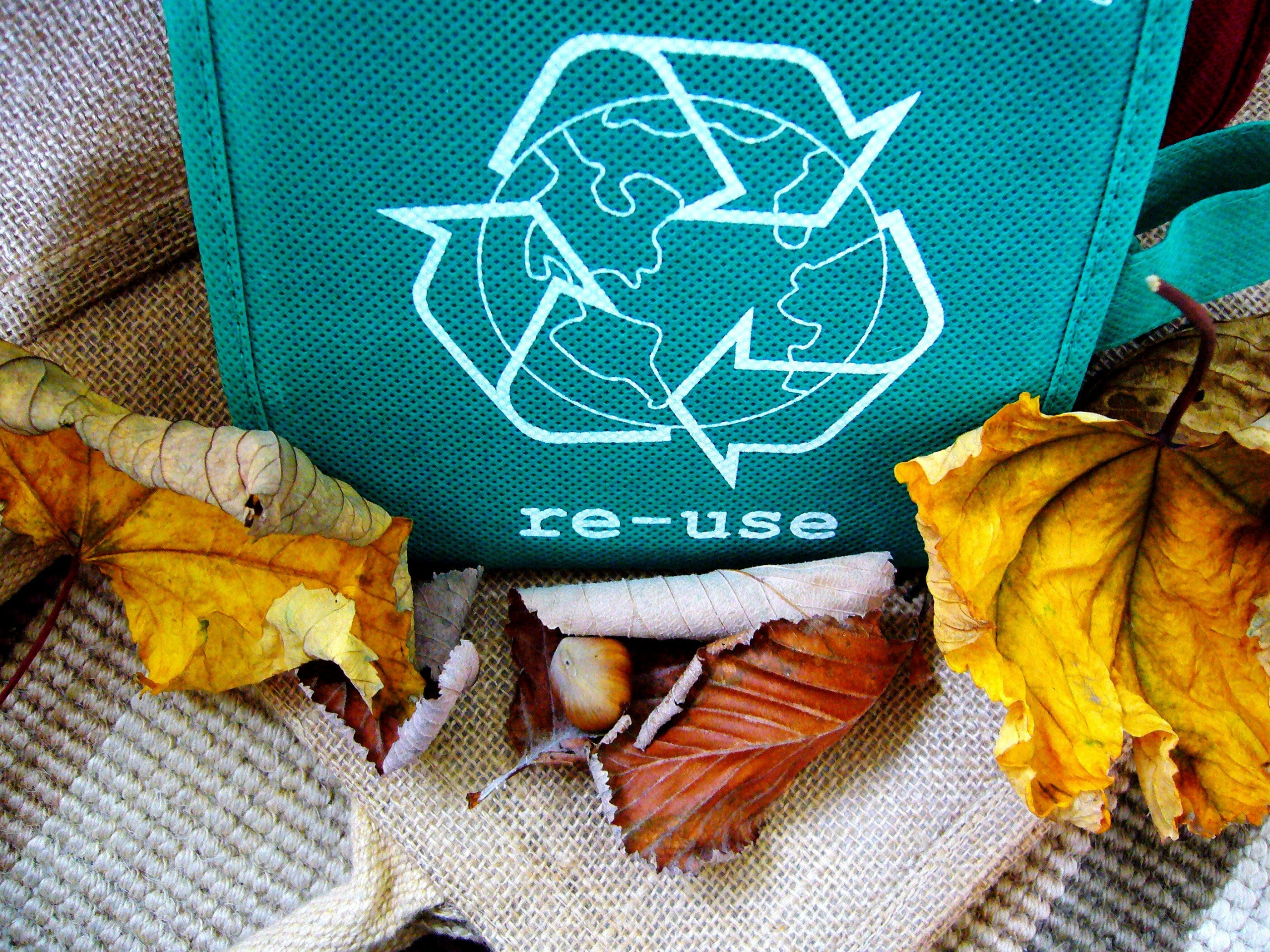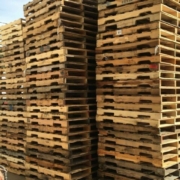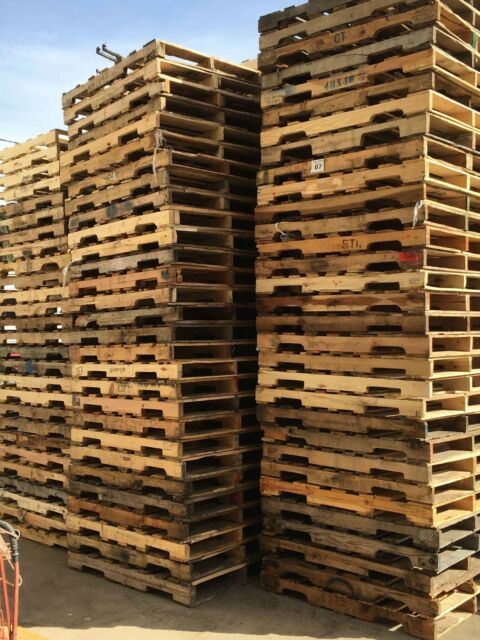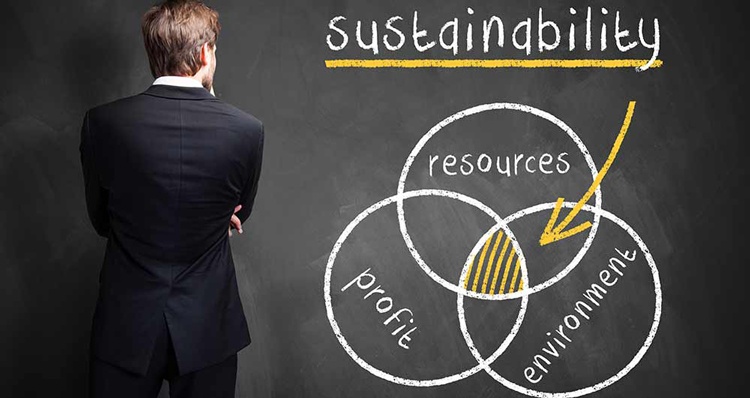History and the Wood Pallet: A World War 2 Story

The adoption of pallets by the U.S. military greased the flow of supplies and equipment into the Pacific Theatre of the war. It would be remembered as the war where logistics first trumped strategy. Pallets proved to be crucial to the Navy’s “need for speed,” the island-hopping strategy that enabled military supply lines to rapidly stretch over 5,000 miles.
After the end of hostilities, pallets and forklifts left in Australia by Americans became the basis for the Commonwealth Handling Equipment Pool. It was later purchased by Brambles Ltd, and CHEP was born. Those hundreds of millions of blue rental pool pallets that circulate today can trace their origins back to the waterfront of Sydney Harbor.
But the story of the wood pallet was much more than the Pacific lifeline, according to Manley Irwin, professor emeritus at the University of New Hampshire. After all, the pallet was already being used by leading manufacturers in the 1930s. This is also a tale of how the U.S. military finally freed itself from chronic inefficiencies and barriers to change. It was a process that paved the way for modernized production and material handling in the 1940s – including the adoption of the pallet.
“The pallet story of the Navy in WW2 is fairly well known and documented,” Irwin said recently. “The application of pallets and forklift trucks at army arsenals, however, has escaped public notice.” Pallets played a pivotal role in many of the 1,000 modern plants that were funded by the federal Defense Plant Corporation in the early 1940s. The Government-Owned and Privately Operated plants referred to as GOPO’s, turned out to be critical to the war effort.
Irwin pointed to the example of a munitions GOPO in Kansas City. Documents report how palletization resulted in dramatic productivity gains. Noteworthy to Irwin, the story pertained to production gains rather than those associated with the shipment of goods.
The GOPOs offered several advantages. They were newly constructed, run by professional private sector managers, and freed of the labor resistance that plagued legacy sites. In fact, inefficient practices had become institutionalized. During the presidency of Woodrow Wilson, Congress had made it illegal for Naval officers to practice scientific management at yards and bases, a practice developed by Frederick Winslow Taylor, famous for introducing time and motion studies. Labor looked at scientific management as the enemy, and the Wilson administration took steps to protect the unionized workers at Navy sites.
Another important consideration was that new facilities could be built to better accommodate palletized handling. Freed from legacy work rules and out of date facilities, GOPOs could take advantage of the most modern practices available, including the forklift and pallet. Managers from the private sector were already familiar with the technology. For example, the Chicago GOPO that produced torpedoes was managed by the American Can Company.
Irwin noted that the basis for GOPO investments in the 1940s can be traced back to actions taken by the Harding administration in the 1920s, especially by Edwin Denby as U.S. Secretary of the Navy, and Herbert Hoover in his role as Secretary of Commerce. Hoover was a champion of standardization and led a “war on waste.” “Hoover pushed product standardization as a device to eliminate waste and speed production output,“ Irwin noted. “Hoover anticipated Norman Cahners’ pallet standardization program in the ’40s.” For his part, Denby was an advocate of scientific management. As secretary of the navy, he saw the need to transform the Navy’s dated management practices.
While the story of the pallet in the Pacific Theatre is well known, its role in boosting plant productivity at home is less celebrated. Investment in new plants that were privately managed under the GOPO model, and freed of archaic work rules, helped set the stage for military success. They also served as a precursor to the wide-scale commercial adoption of palletization in the 1950s and beyond.
Manley Irwin taught economics at UNH and is the author of Silent Strategists: Harding, Denby, and the U.S. Navy’s Trans-Pacific Offensive, World War II.

















